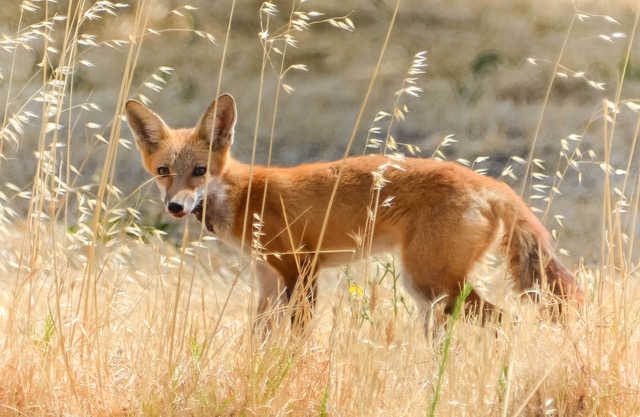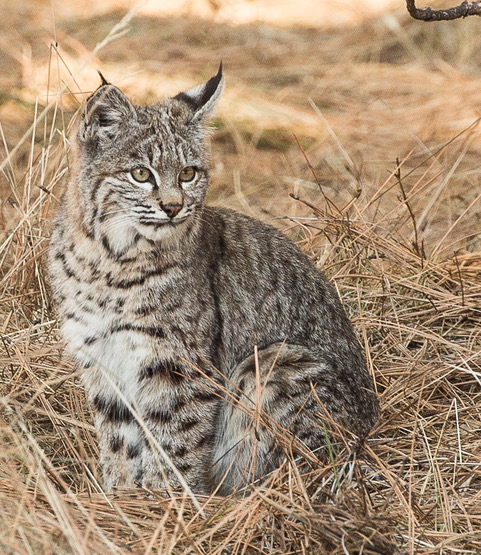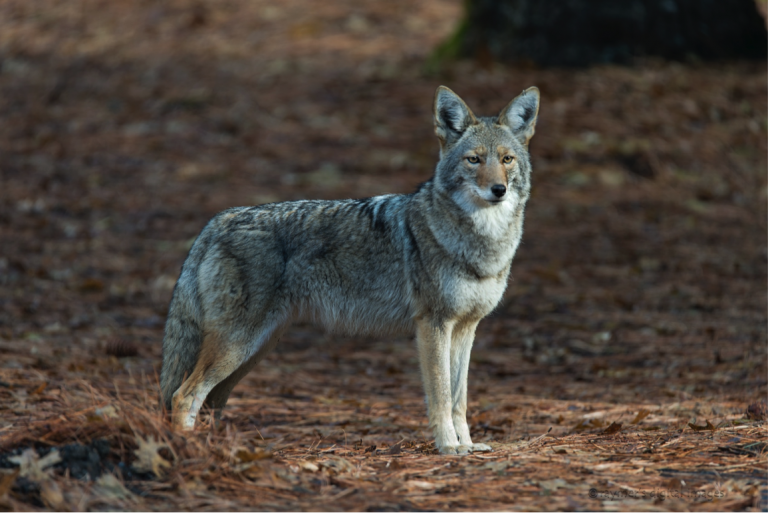THIS IS YOUR CHANCE TO GIVE YOUR INPUT TO A GOVERNMENT AGENCY THAT KILLS “PROBLEM” WILDLIFE TO BENEFIT AGRICULTURE

Over CSERC’s years of advocacy on behalf of wildlife, we’ve periodically raised alarm about a taxpayer-funded federal-state program that kills huge numbers of wildlife. Originally called “Animal Damage Control,” the program these days goes under the pleasant-sounding title of “Wildlife Services.”
In truth, wildlife is not being served. Instead, big agriculture, ranchers, and other commercial interests can request that a trapper/hunter specialist working for Wildlife Services come to their property to kill animals that are judged to be pests or perhaps just a possible threat to livestock or other commercial uses.
The results can be appalling to those who care about wildlife. Foxes, bobcats, owls, bears, beavers, coyotes, mountain lions, hawks, herons, and a wide variety of other species are routinely killed at taxpayer expense. Federal, state, and local county dollars are combined to pay for the government program. Guns, poisons, traps, and neck snares are some of the various treatment methods that Wildlife Services applies in its work.
Because the wildlife damage program is managed within the U.S. Department of Agriculture, the California State Department of Agriculture and Wildlife Services-California are the two state agencies that manage the program in the State. The two agencies have responded to legal pressure by agreeing to prepare an environmental impact report that will supposedly analyze the impacts of the actions taken by Wildlife Services in California. THIS IS YOUR CHANCE TO WEIGH IN.
Starting back on September 10, 2020, a public comment period opened for the public to provide what are described as scoping comments for the “wildlife damage management” activities in California. The deadline for those scoping comments is November 10th.

HERE ARE SOME OF THE KEY CONCERNS CSERC BELIEVES ARE WORTH SHARING IN YOUR COMMENTS:
1) Wildlife Services uses “predator control” to kill coyotes, foxes, and a long list of other predators that often are not even actually causing harm to livestock. Scoping should consider a policy for Wildlife Services to only take lethal action against predators when there is proven damage being caused by predators.
2) Scoping should address the risk to Threatened and Endangered Species that is posed by Wildlife Services using poison baits and lethal traps that do not discriminate between targeted and non-target animals.
3) Some of the control methods used by Wildlife Services are inhumane and barbaric. Neck snares that have wire loops that slowly choke to death the animal that sticks its head through the snare to get the bait are clear examples of such an inhumane control method. Scoping should consider banning such inhumane methods.
4) The analysis being prepared to assess the effects of Wildlife Services’ program in California should carefully consider the economic costs to taxpayers compared to the benefit. In most cases, commercial agriculture and livestock operations are the ones who benefit while taxpayers pay to kill wildlife that most taxpayers do not want to harm.
5) The environmental report should carefully analyze the risks and effects of using poison baits that may cause secondary positioning of scavengers and predators, or that may result in ingestion of the bait by non-target species, or that may cause other environmental risks.
WHAT ARE OTHER CONCERNS YOU MAY HAVE ABOUT A GOVERNMENT PROGRAM THAT KILLS ANIMALS WITH YOUR TAX DOLLARS? IN YOUR COMMENTS, ASK THAT YOUR CONCERN BE CONSIDERED IN THE WILDLIFE SERVICES’ ENVIRONMENTAL ANALYSIS.
To see how Wildlife Services portrays their wildlife killing program and to learn how you can provide comments during the EIR/EIS planning process, go to this website: www.CaliforniaWDM.org or https://californiawdm.org/get-involved/#submit-comment


